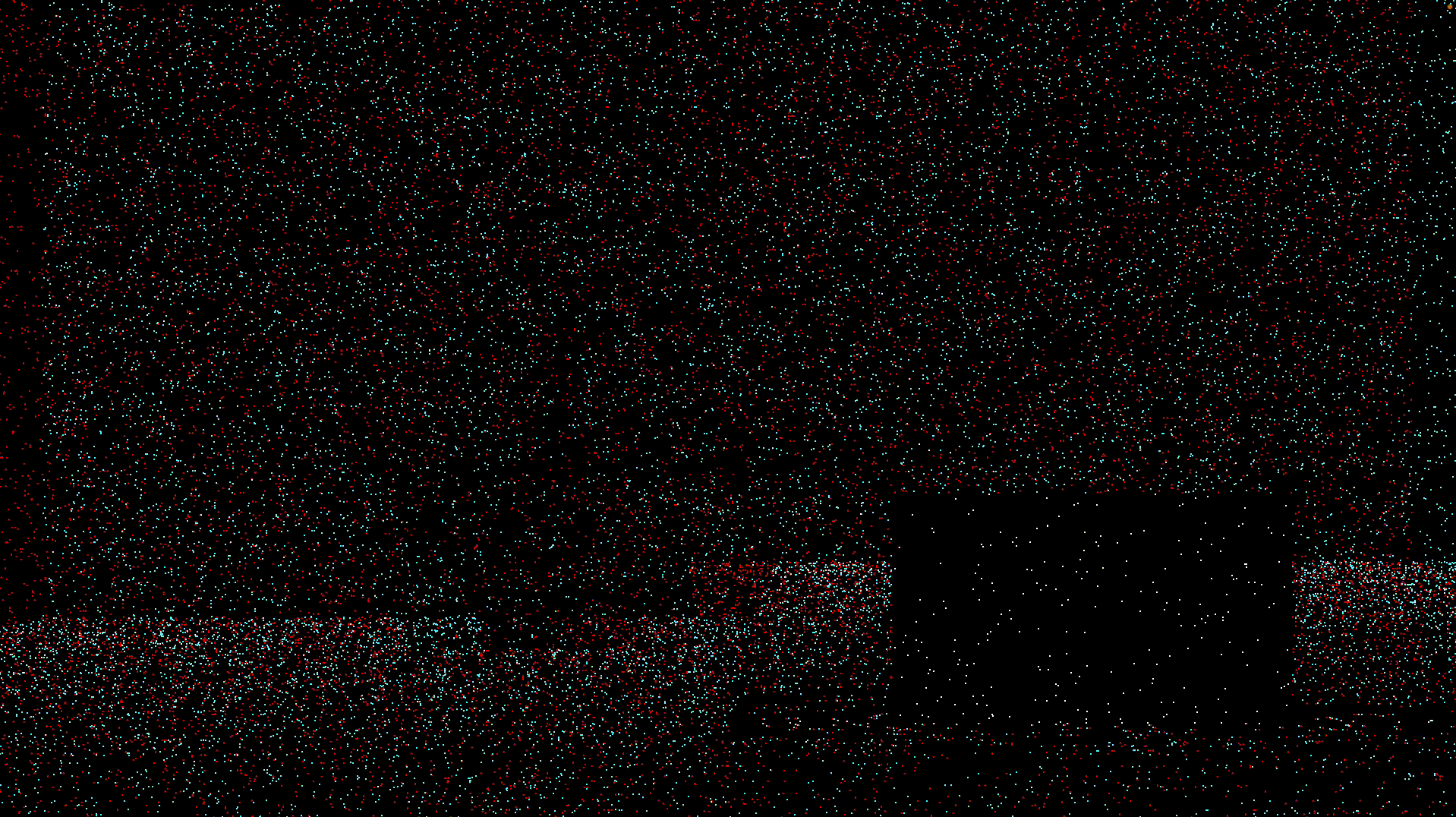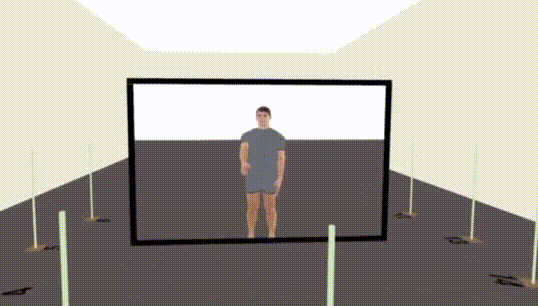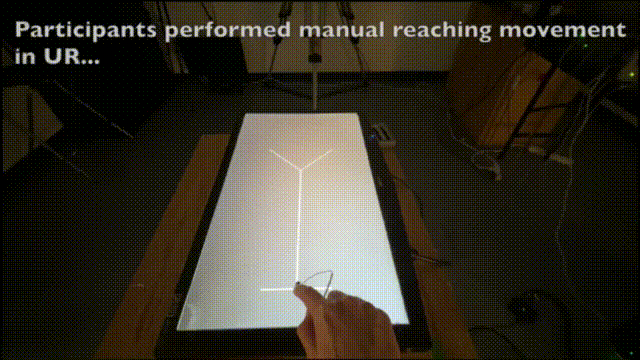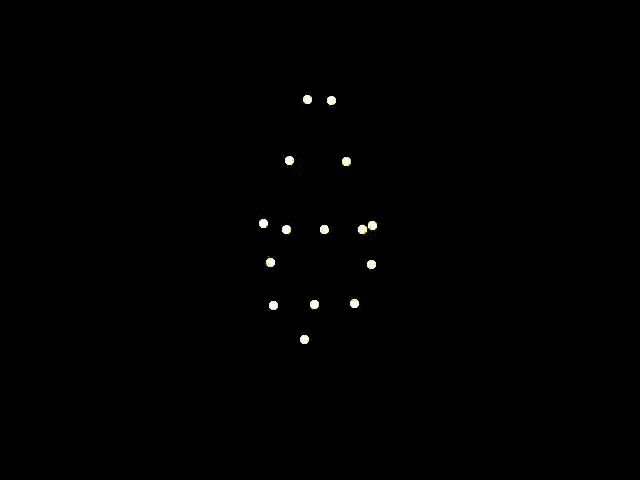Perception and Action
Human observers utilize various visual information to perceive and interact with the physical environment. Capitalizing on the cognitive and neuroscientific understanding of these visual cues, digital technologies have strived to recreate aspects of the physical environment for effective and efficient human-computer interaction (HCI) via digital media. Through the lens of behavioral neuroscience, I am interested in examining how different types of visual information affect 3D perception and interaction, and using the insights from these inquiries to evaluate the effectiveness of different digital systems in facilitating 3D perception and 3D user interaction.
3D Perception
Can human observers accurately perceive 3D objects?
According to some studies - No. (e.g., Todd, 2004)
However, the repercussions of not being able to accurately perceive 3D objects could be immense, starting from the nightmare scenario of knocking over a mug on your desk and spilling coffee all over your laptop. In this project, I examined how human observers can accurately perceive 3D structures using monocular structure-from-motion (SFM) and binocular stereomotion (change of disparity over time or CDOT, and interocular velocity difference or IOVD), displayed via random-dot stereograms.
3D Interaction
After the project on 3D perception, I started to examine how observers use binocular and monocular visual information to perform visually guided actions, such as targeted reaching. The goal of this project is to computationally derive how accurate reaching can be achieved despite visual or sensorimotor perturbations.
3D Perception in VR
Building on the understanding of 3D perception in a screen-based display, I also examined 3D distance, direction, and shape perception in virtual reality (VR). Head-mounted display (HMD)-based VR technology uses dual displays to provide binocular disparity, and low-latency motion-tracking to simulate active motion parallax. How do binocular disparity and motion parallax facilitate 3D distance, direction, and shape perception?
3D Interaction in XR
Given the perceptual characteristics in VR, I examined they would, in turn, affect user interactions in XR. Using the Müller-Lyer illusion (Figure 2d), I compared the accuracy of manual reaching movement in VR (VIVE Pro Eye) with that in unmediated (UR) and augmented (AR; HoloLens2) reality with and without visual feedback.
Other Projects
Scene and Event Perception in Low Vision
Visual event and scene perception is an essential part of human daily lives. However, low visual acuity and contrast sensitivity in clinical low vision patients (e.g., age-related macular degeneration (AMD) and amblyopia) may negatively affect their ability to perceive the events and scenes. In a series of studies, I examined whether motion-based information, particularly optic flow, could facilitate event and scene perception.
Vertical Dance
Biological motion perception could be impaired by artificially inverting the point-light display from its canonical orientation. This could be attributed to the observers' lack of visuomotor experience in interacting with the inverted movements. In this study, we worked with vertical dancers, who are accustomed to observing and performing movements upside down. Would their unique experience enable them to be more proficient at perceiving inverted movements?
Manual Prehension
Reaches-to-grasping is an important and ubiquitous human motor behavior. In fact, this behavior is so unique that not a lot of other species are able to do so. As the 3D slant and object perception project explores how humans perceive the 3D objects around them, this project examines the dynamics behind the motor control that necessarily enables humans to interact with those 3D objects. Specifically, this project examines how restricting people's grasping aperture (i.e. limiting how wide the actor's thumb and index finger can open) would affect the way they perform such actions.
Go to this project's page to find out more
 |  |  |
|---|
Identity Recognition
Have you ever wondered why you can recognize someone just based on how that person moves, such as walking or jumping? If you like sports, you may be able to recognize a particular athlete solely based on the way s/he moves. For basketball fans check out this guy's video where he imitates Lebron James, the similarity is truly uncanny.
In this project, I tried to combine the power of machine learning with empirical methods to understand how a person's identity is embedded in the way that person moves, finding the dynamic identity signature of a person.
Go to this project's page to find out more
Also, can you tell which actor who is doing jumping jacks is the actor who is moving sideways?
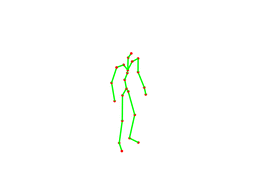 | 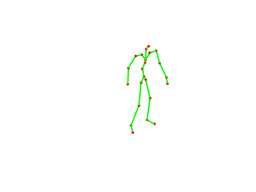 | 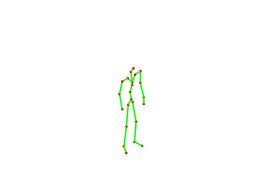 |
|---|

